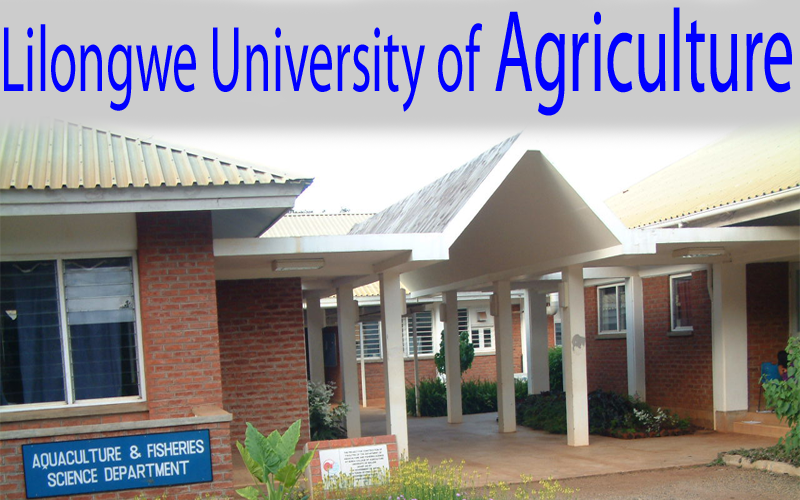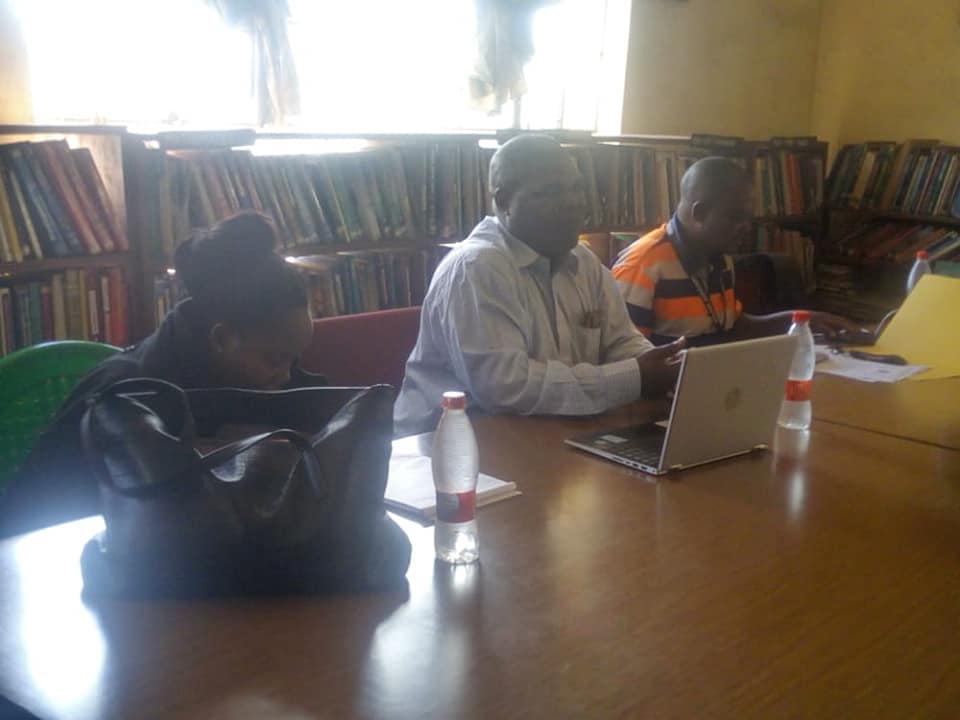The Department of Disaster and Management(DODMA) said there is need for more sensitisation on the use of the lightning detection system being installed in some parts of the country to help reduce deaths caused by lightning.
Government through the Department of Climate Change and Meteorological Services (DCCMS) under the Green Climate funded project, is scaling up the use of Modernized Climate Information and Early Warning systems (M-CLIMES).
The department of DCCMS procured and installed a lightning detection system consisting eight lightning detection sensors across the country to detect lightning and thunder.
Commissioner for Disaster Management Affairs, James Chiusiwa made the remarks on Tuesdayin Mangochi during a field visit at Monkey BayDCCMs office where one of the lightning detection sensors is installed.
Chiusiwa said despite the lightning detection system being operational since its installation in March2019, many people are yet to subscribe to its use.
“Through the M-CLIMES project, government and partners installed the lightning detection sensors in order to extend the network for DCCMS so that they can generate more data which they can use to develop early warnings about upcoming lightings,” he said.
He said the detected lighting and storm from far distances give enough time to DCCMS to send warning messages to areas to be affected.
“Although the lightning detection sensors are currently operational, not many people are aware of their use and how they can acquire the detected information from DCCMS,” he said.
He therefore said there is need for DCCMS to disseminate more awareness messages about this development because the more the people are informed, the more disaster risk reduction is achieved.
On his part, Chief Meteorologist for DDCCMS, Amos Mtonya said the detection sensors are functioning effectively that they are able to detect which districts are mostly affected by lightings.
“Currently, the sensors are able to detect the type of lightning, the particular area where it is taking place, its direction and the speed at which it is to strike,” he said.
Mtonya said: “We are able to know which districts are mostly affected by lighting among which is Mwanza. Unlike in the past, we are now able to gather the specific information of the anticipated lightings.”
He added that the department has been disseminating lightning alerts to people through emails, a mechanism that is not ideal as only few people, mostly those in urban communities, have access to such.
“We have been using emails to disseminate lighting alerts but the strategy has gaps because not many people subscribe for its use, “he said.
He said people missed the lightning alerts when they sent emails because they opened messages late after the lightning had already struck the particular area.
He said the department is planning to incorporate the use of Short Message Service (SMS) and community radio stations which have a wide coverage.
The sensors have also been installed in Malingunde Lilongwe, Bangula in Nsanje, Chitipa Meteorological Station, Mzuzu Airport, Dwangwa, Kasungu National Park and Chileka International Airport to help capture the needed information.
The six year project whose implementation started in 2017, has procured 8 lightening detecting sensors and two lake buoys installed in NKhatabay and Monkey bay to help in weather focusing and prevention of disasters.




